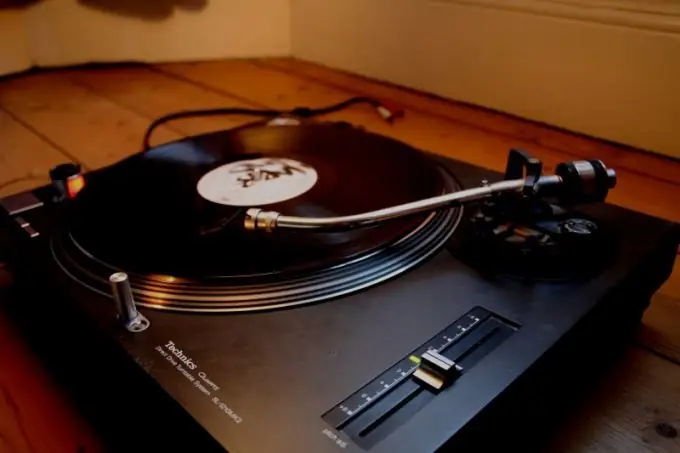There are not so many people in the world who have no ear for music at all. But not everyone is taught to listen to music from childhood. Once in a company where the rest of the participants constantly listen to music, go to concerts, discuss new recordings and compare different performances of the same work, even a beginner who is ignorant of the art of music can try to figure out what the others admire. To do this, you must first of all learn to listen.

It is necessary
- - recordings of musical works of different genres, including for children.
- - player;
- - a computer with speakers and a turntable;
- - The Internet.
Instructions
Step 1
Pick up records. Leave alone the one-day pieces that are overflowing with music stores and the Internet. Choose the right classics, old stage, folk music. Maybe someday you will also like jazz, but it takes some preparation to get it, so save it for later. If you are unsure of what to choose for your first listening, consult a music teacher at your nearest music school. You can also ask around on the Internet. There are a lot of forums and blogs dedicated to different musical directions on the World Wide Web, and there are always those who want to help a beginner with good advice.
Step 2
Start with classics for kids. There are many collections of plays for children. As a rule, they are released as separate albums. "Children's Albums" by Tchaikovsky and Khachaturian, "Pictures at an Exhibition" by Mussorgsky, "Album for Youth" by Schumann can help you a lot. Each piece in them has a title to represent the plot. Find different versions of these pieces. For example, Tchaikovsky's Children's Album and Mussorgsky's Pictures at an Exhibition are quite popular in both piano and orchestral versions.
Step 3
Take some time to listen. It is best to do this in the evening, when everything is done and nothing distracts. Sit in a chair or sofa. Put on a recording of a short piece and listen to it from start to finish. Better to start with one piece. You can listen to it in several versions. For example, taking the same “Children's Album” performed by different pianists, try to determine how one performance differs from another. Then compare the piano performance with the orchestral performance.
Step 4
Listen to some vocals. Many opera singers perform both academic music and folk songs. Start with folk. Find different performances - for example, by an opera singer and a folk group. Listen to them and compare. Gradually move on to longer and more complex pieces.
Step 5
Listen to works that do not have specific titles. Look for information on genres and styles. Read what a nocturne, sonata, prelude, etc. is. Find works of the same genre, written by different composers. Listen and try to determine in what era this or that work was written and what characteristic features of its time it reflects.
Step 6
Go to concerts. If you have not been fond of the classics before, then you need to prepare for the first trip to the Philharmonic. The posters usually indicate the program. Choose the one that has at least a few pieces that are familiar to you. It is very useful to know a little about the performer. Search the Internet for his site. There may be some recordings there.






